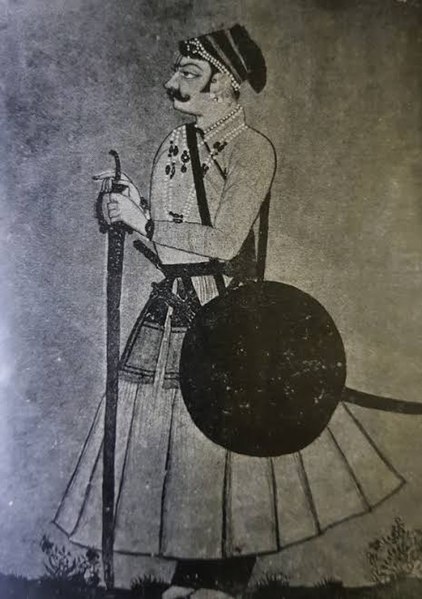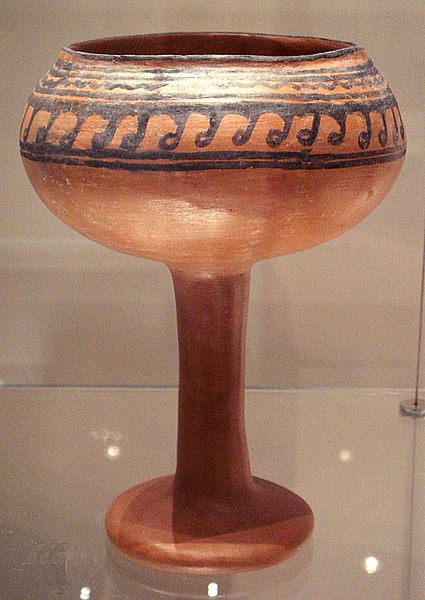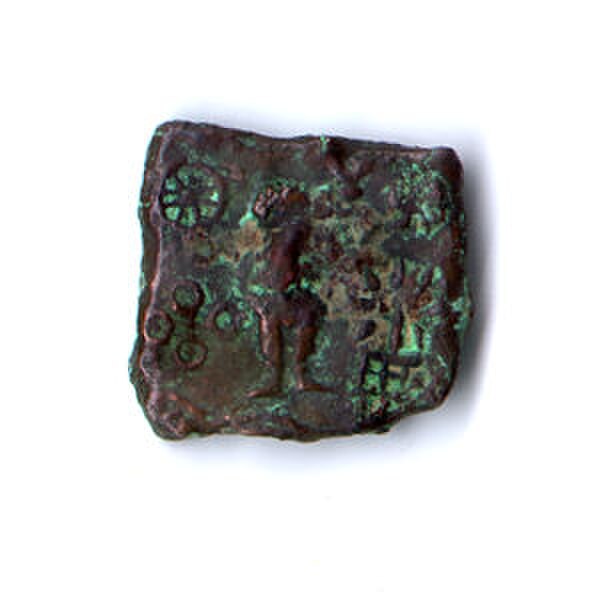Ratlam
Videos
Page
Ratlam is a city in the northwestern part of the Malwa region in Madhya Pradesh state of India. The city of Ratlam lies 480 metres (1,570 ft)above sea level. It is the administrative headquarters of Ratlam district, which was created in 1947 after the independence of India. It is located 294 kilometres west of the state capital Bhopal.

Ratlam Junction

Maharaja Ratan Singh of Ratlam

Padam Singh of Ratlam

Ratlam Junction
Malwa
Videos
Page
Malwa is a historical region of west-central India occupying a plateau of volcanic origin. Geologically, the Malwa Plateau generally refers to the volcanic upland north of the Vindhya Range. Politically and administratively, it is also synonymous with the former state of Madhya Bharat which was later merged with Madhya Pradesh. At present the historical Malwa region includes districts of western Madhya Pradesh and parts of south-eastern Rajasthan. Sometimes the definition of Malwa is extended to include the Nimar region south of the Vindhyas.

Ceramic goblet of the Malwa culture from Navdatoli, Malwa, 1300 BCE.

Coin showing Karttikeya and Lakshmi (Ujjain, c. 150–75 BC)

Rani Roopmati Pavilion at Mandu, built by Miyan Bayezid Baz Bahadur (1555–62)

Sculpture of a Holkar courtier from Fort Ahilya.